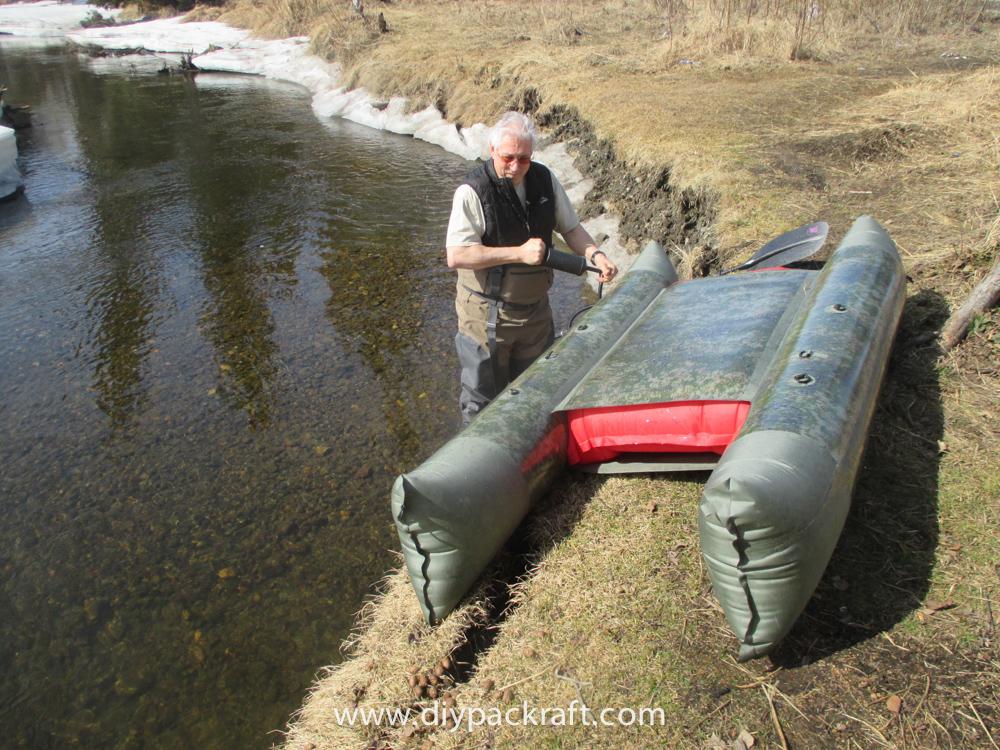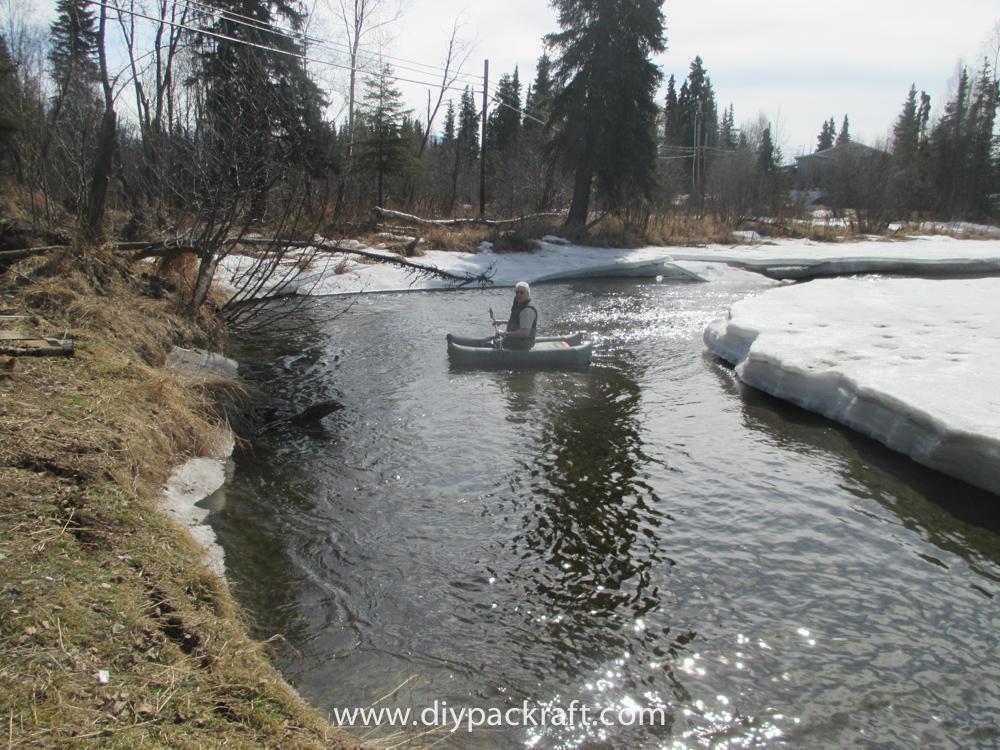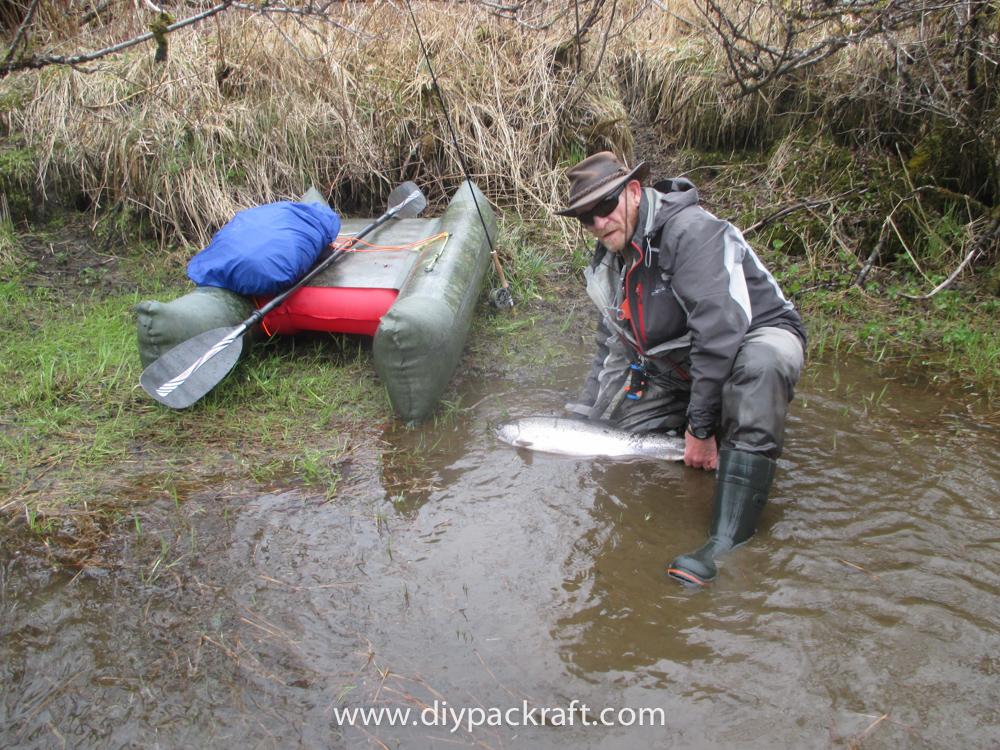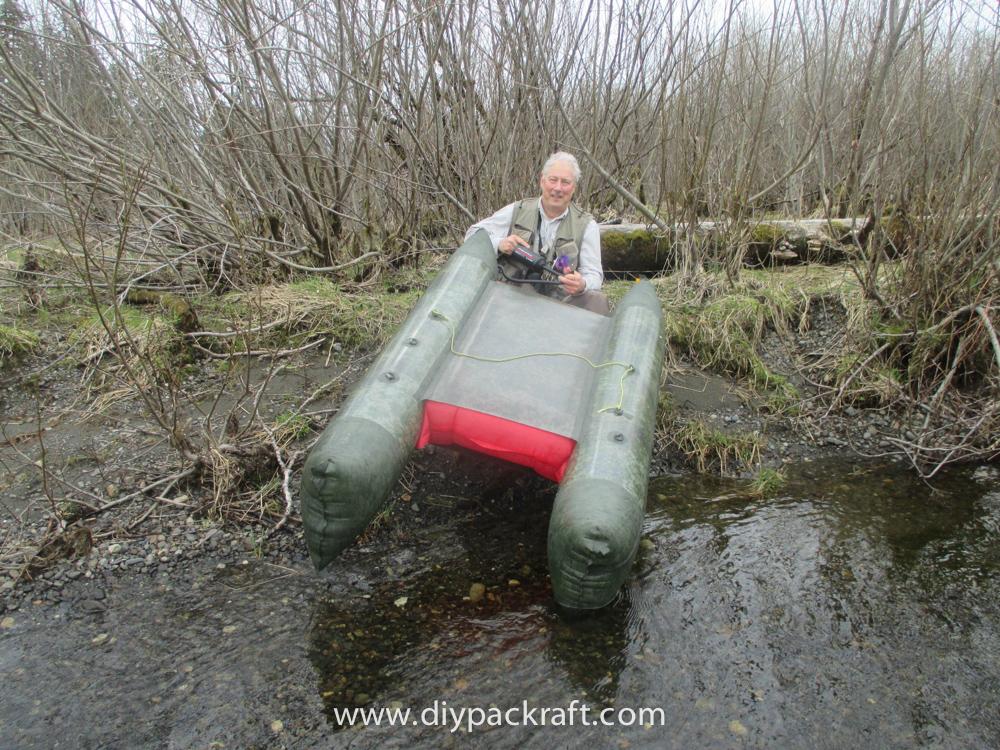- This topic has 4 replies, 2 voices, and was last updated 7 years, 1 month ago by .
-
Topic
-
Post here about other DIY projects related to DIY Packrafts.
Note: If you wish to reply to a specific comment below, please click the grey “Reply” link above the specific comment you are responding to – then your comment will appear nested below that comment. If you don’t first click the “Reply” link, your comment will appear at the top of the list, out of context!
Viewing 1 reply thread
Viewing 1 reply thread
- You must be logged in to reply to this topic.



